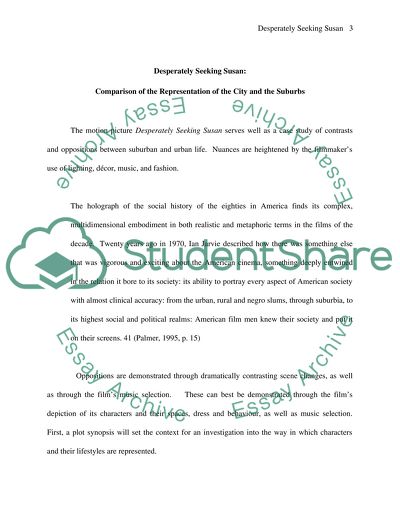Cite this document
(“Desperately Seeking Susan: Comparison of the Representation Essay”, n.d.)
Retrieved from https://studentshare.org/visual-arts-film-studies/1501315-representation-of-the-city-and-the-suburbs
Retrieved from https://studentshare.org/visual-arts-film-studies/1501315-representation-of-the-city-and-the-suburbs
(Desperately Seeking Susan: Comparison of the Representation Essay)
https://studentshare.org/visual-arts-film-studies/1501315-representation-of-the-city-and-the-suburbs.
https://studentshare.org/visual-arts-film-studies/1501315-representation-of-the-city-and-the-suburbs.
“Desperately Seeking Susan: Comparison of the Representation Essay”, n.d. https://studentshare.org/visual-arts-film-studies/1501315-representation-of-the-city-and-the-suburbs.


